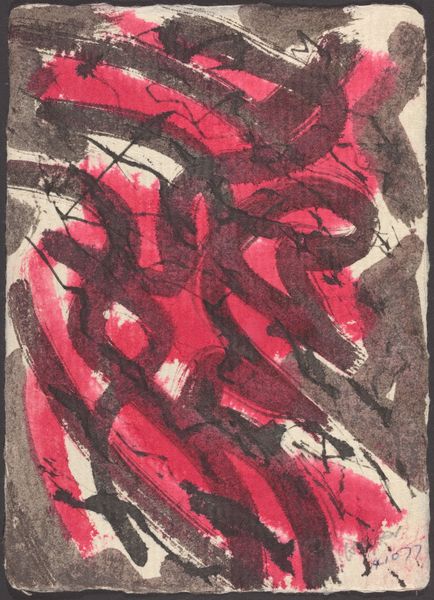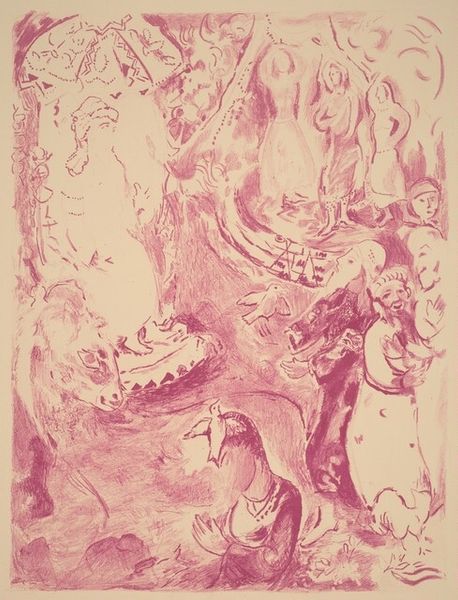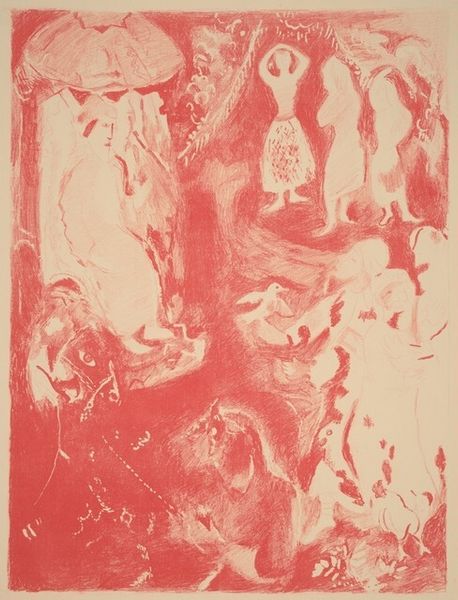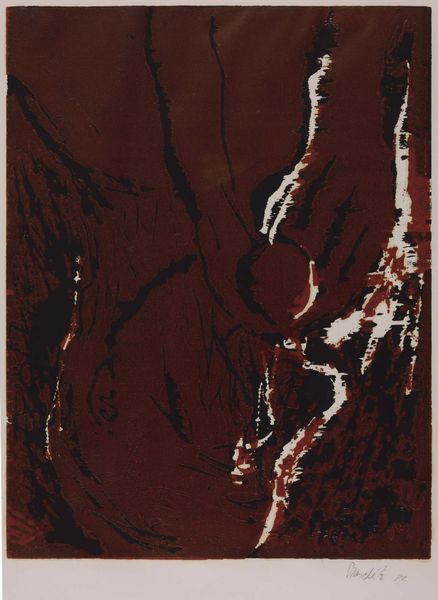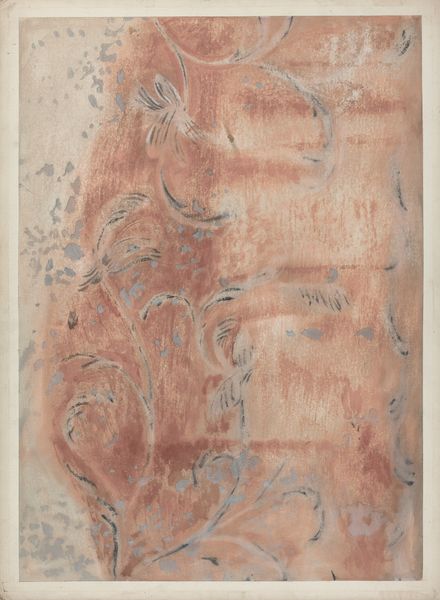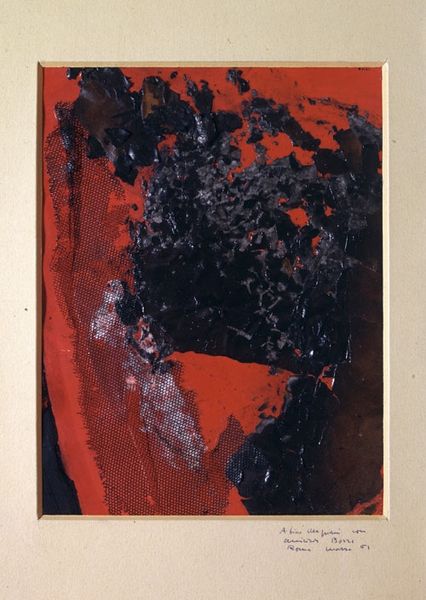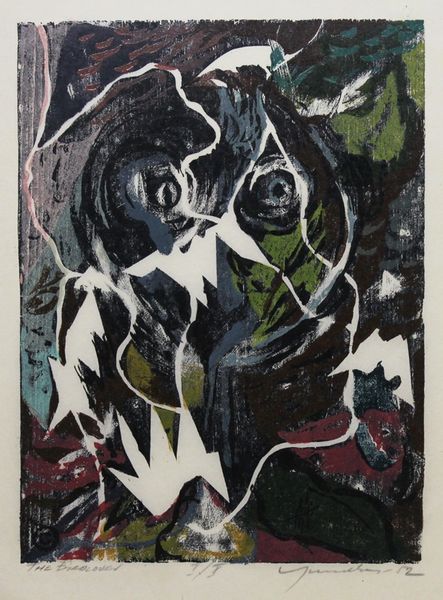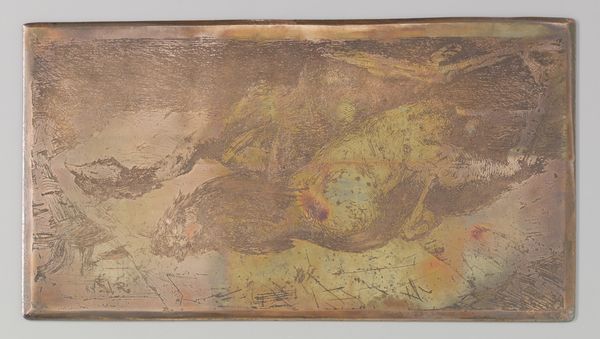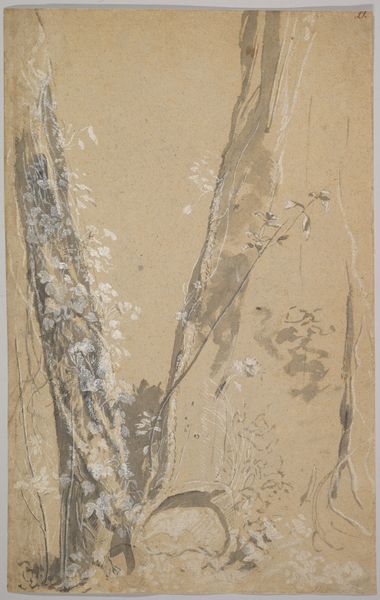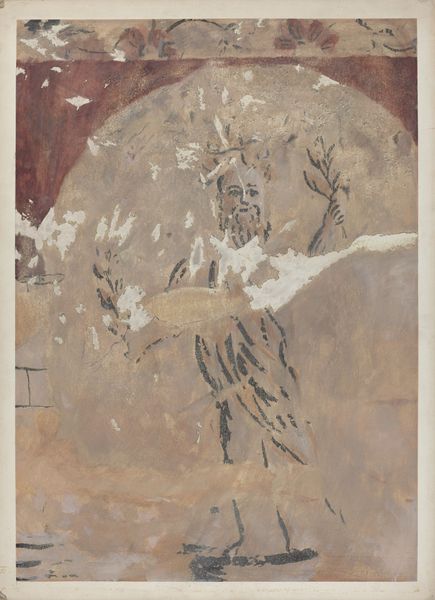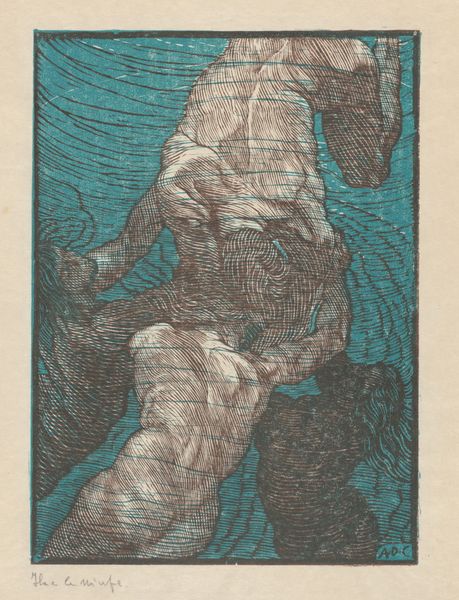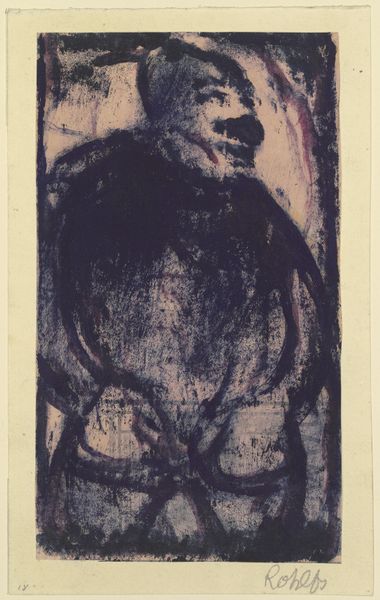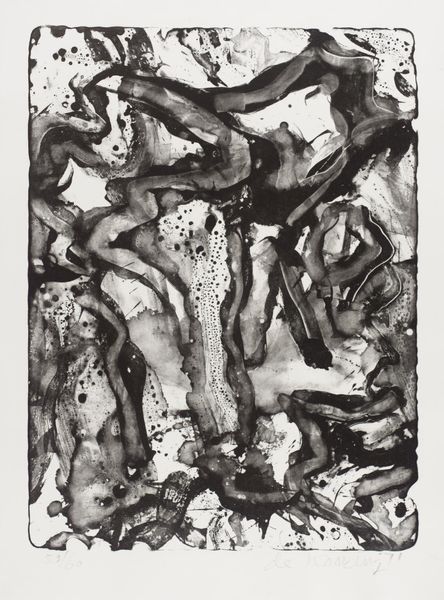
One hundred and fifty new designs by Thos. Johnson carver, consisting of Ceilings, Chimmney Pieces, Slab, Glass and Picture Frames (etc.)...the Whole well Adapted for Decorating all kinds of Ornamental Furniture, in the Present Taste Possibly 1761
0:00
0:00
print, paper
# print
#
paper
#
decorative-art
#
rococo
Copyright: National Gallery of Art: CC0 1.0
Thomas Johnson, a carver active in mid-18th century London, made this book as a pattern book, likely printed sometime in the 1750s or 60s. Such books acted as a crucial bridge between the designer and the consumer, and in this case, reveals the increasing demand for fashionable, ornamented interiors. The marbled paper binding, with its swirling, colorful pattern, hints at the explosion of decorative styles in Georgian England. Johnson offered designs for ceilings, chimney pieces, frames - all "adapted for decorating all kinds of ornamental furniture, in the Present Taste". What was this "present taste"? It was a fusion of rococo exuberance with emerging Neoclassical restraint, aimed at wealthy patrons seeking to display their sophistication through fashionable consumption. As historians, we can look to period trade directories, architectural treatises, and furniture inventories to understand the cultural aspirations driving this demand for fashionable interiors. Ultimately, this pattern book reflects the social and institutional mechanisms through which artistic tastes were shaped and disseminated in 18th century England.
Comments
No comments
Be the first to comment and join the conversation on the ultimate creative platform.
